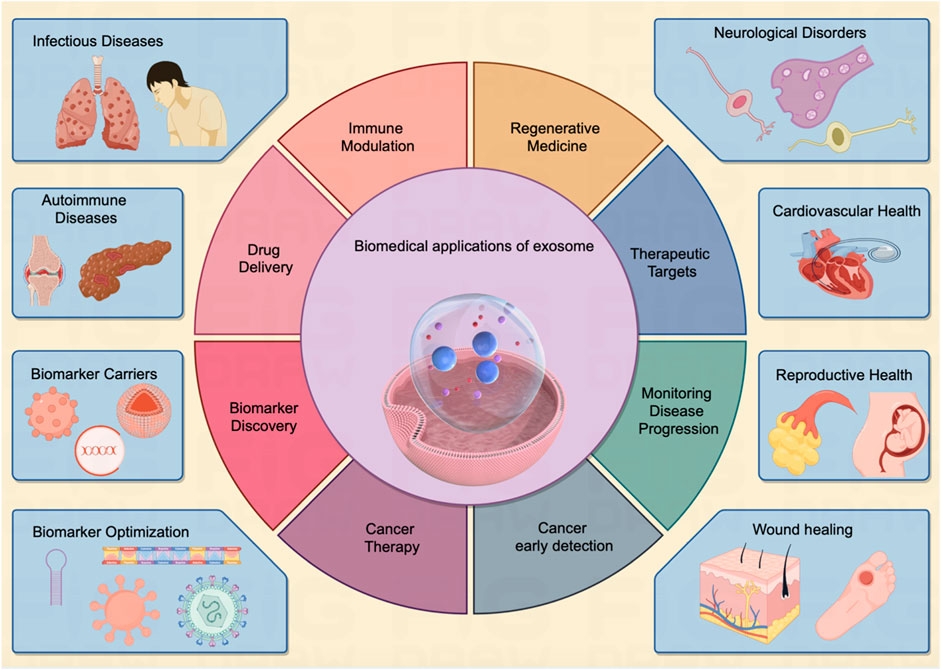USC Researchers Establish New Brain Imaging Benchmark to Enhance Alzheimer’s Disease Classification
Introduction
A research team from the Keck School of Medicine of USC’s Mark and Mary Stevens Neuroimaging and Informatics Institute (Stevens INI) has identified a novel brain imaging benchmark aimed at improving the classification of biologically meaningful changes associated with Alzheimer’s disease (AD). This advancement particularly benefits Hispanic and non-Hispanic White populations. The study, published in Imaging Neuroscience, is part of the Health and Aging Brain Study–Health Disparities (HABS-HD), a multi-university collaboration led by the University of North Texas Health Science Center and supported by the National Institute on Aging.
Methodology and Key Findings
-
Use of Tau PET Imaging:
- Researchers utilized tau positron emission tomography (PET), an advanced brain imaging technique, to study over 675 older adults from the HABS-HD cohort.
- Tau PET allows visualization of abnormal tau protein accumulation in the brain, a hallmark of AD, by employing a radioactive tracer.
- Establishment of tau cut-points serves as a biomarker to identify early signs of Alzheimer’s disease or related conditions.
-
Population-Specific Results:
- The tau cut-point effectively distinguished cognitive impairment in Hispanic and non-Hispanic White participants, but only when amyloid protein was also present.
- In non-Hispanic Black participants, the tau cut-point did not reliably indicate cognitive impairment, suggesting other pathologies or factors may contribute to cognitive decline in this group.
-
New Imaging Tracer and Brain Region Focus:
- The study employed the novel tracer 18F-PI-2620 to measure tau protein buildup.
- Elevated tau levels in the medial temporal lobe were strongly associated with cognitive impairment related to AD.
Implications for Sustainable Development Goals (SDGs)
- SDG 3: Good Health and Well-being
- This research advances early diagnosis and personalized treatment strategies for Alzheimer’s disease, promoting healthier lives and well-being for aging populations.
- Improved diagnostic tools contribute to reducing the burden of neurological diseases globally.
- SDG 10: Reduced Inequalities
- The study emphasizes the importance of including diverse populations in medical research to ensure equitable health outcomes.
- Findings highlight the need to address biological and social determinants of health, particularly in underrepresented ethnic groups.
- SDG 9: Industry, Innovation, and Infrastructure
- Development and application of advanced imaging technologies like tau PET support innovation in medical diagnostics.
- Collaboration across institutions fosters scientific infrastructure and capacity building.
Future Directions and Conclusion
- The research underscores the necessity for further studies involving diverse populations to refine diagnostic criteria and understand differential disease mechanisms.
- Findings from HABS-HD contribute to personalized care approaches and improved clinical trial designs targeting tau pathology.
- The work supports ongoing efforts to develop inclusive healthcare solutions aligned with global sustainable development priorities.
Reference
Tennant VR, Wheeler KV, Lee NN, et al. Establishing tau-PET cut-points for cognitive diagnosis with 18F-PI-2620 in a multi-ethnoracial cohort. Imaging Neuroscience. 2025;3:IMAG.a.41. doi: 10.1162/IMAG.a.41
1. Sustainable Development Goals (SDGs) Addressed or Connected
- SDG 3: Good Health and Well-being
- The article focuses on Alzheimer’s disease (AD), a major health concern, and advances in brain imaging to improve diagnosis and treatment, directly contributing to ensuring healthy lives and promoting well-being for all ages.
- SDG 10: Reduced Inequalities
- The study emphasizes the importance of including diverse populations (Hispanic, non-Hispanic White, and non-Hispanic Black) in research to address health disparities in Alzheimer’s disease diagnosis and treatment.
- SDG 9: Industry, Innovation and Infrastructure
- The development and use of advanced brain imaging technology (tau PET with 18F-PI-2620 tracer) reflects innovation in medical research infrastructure.
2. Specific Targets Under Those SDGs Identified
- SDG 3: Good Health and Well-being
- Target 3.4: By 2030, reduce by one third premature mortality from non-communicable diseases through prevention and treatment and promote mental health and well-being.
- Target 3.b: Support the research and development of vaccines and medicines for communicable and non-communicable diseases that primarily affect developing countries.
- SDG 10: Reduced Inequalities
- Target 10.2: Empower and promote the social, economic and political inclusion of all irrespective of age, sex, disability, race, ethnicity, origin, religion or economic or other status.
- Target 10.3: Ensure equal opportunity and reduce inequalities of outcome, including by eliminating discriminatory laws, policies and practices.
- SDG 9: Industry, Innovation and Infrastructure
- Target 9.5: Enhance scientific research, upgrade the technological capabilities of industrial sectors, including encouraging innovation and increasing the number of research and development workers.
3. Indicators Mentioned or Implied to Measure Progress
- Indicator for SDG 3.4 and 3.b:
- Use of tau PET imaging biomarkers (tau cut-points) to identify early biological markers of Alzheimer’s disease and cognitive impairment, which can be tracked to measure improvements in early diagnosis and treatment effectiveness.
- Indicator for SDG 10.2 and 10.3:
- Inclusion and representation of diverse ethnic groups (Hispanic, non-Hispanic White, non-Hispanic Black) in Alzheimer’s research cohorts, measuring equity in research participation and applicability of diagnostic tools across populations.
- Indicator for SDG 9.5:
- Development and application of advanced imaging tracers such as 18F-PI-2620 in clinical and research settings, tracking innovation in medical diagnostic technologies.
4. Table: SDGs, Targets and Indicators
| SDGs | Targets | Indicators |
|---|---|---|
| SDG 3: Good Health and Well-being |
|
|
| SDG 10: Reduced Inequalities |
|
|
| SDG 9: Industry, Innovation and Infrastructure |
|
|
Source: technologynetworks.com







